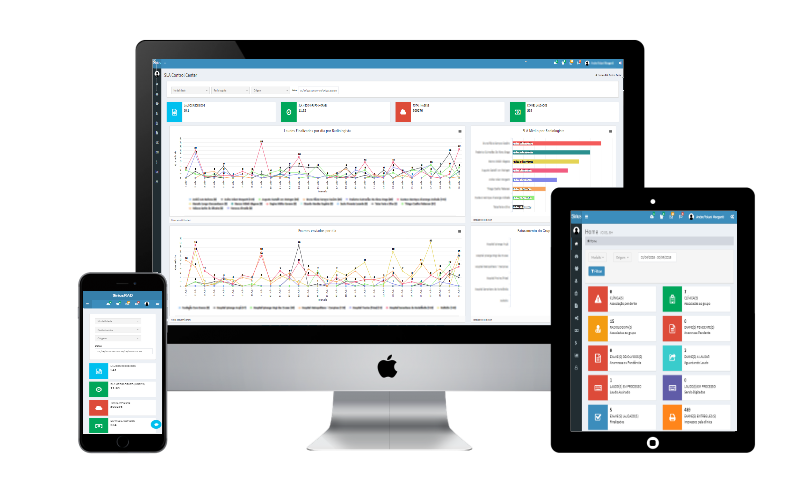Evolution:
The global teleradiology market was valued at $ 1.7 billion by 2015 and is expected to grow more than 19.0 percent per year from 2016 to 2024.
Teleradiology ensures on-site solutions for radiologists in hospitals with real-time interpretation and remote access across the cloud network around the world. The growing prevalence of chronic disorders such as breast cancer, osteomyelitis and cellulitis, and the increasing number of emergencies in rural areas trigger the growth of the teleradiology market.
The evolution of technologies in medical imaging and the increase of health expenses are the main factors that should promote its growth.
Teleradiology applications include tele-diagnosis, teleconferencing, and tele-monitoring, which help radiologists to perform their work more efficiently. In addition, updating the Information Systems in Radiology (RIS) and the Image Filing and Communication System (PACS) has also led to an increase in the use of teleradiology worldwide.
In other findings, the TC modalities segment is expected to grow 23.6% between 2016 and 2026, while the end-users segment of the hospital’s pharmacies will capture a 39.9% share of global market revenue by the end of this year, the company said.
Market:
Overall, the US dominated the global market for teleradiology services in terms of revenue in 2015 and will account for a market share of 41.2% by 2026.
However, five countries of the European Union (France, Germany, Italy, Spain and the United Kingdom) deserve special mention in the development of teleradiology, which is the second largest global market.




